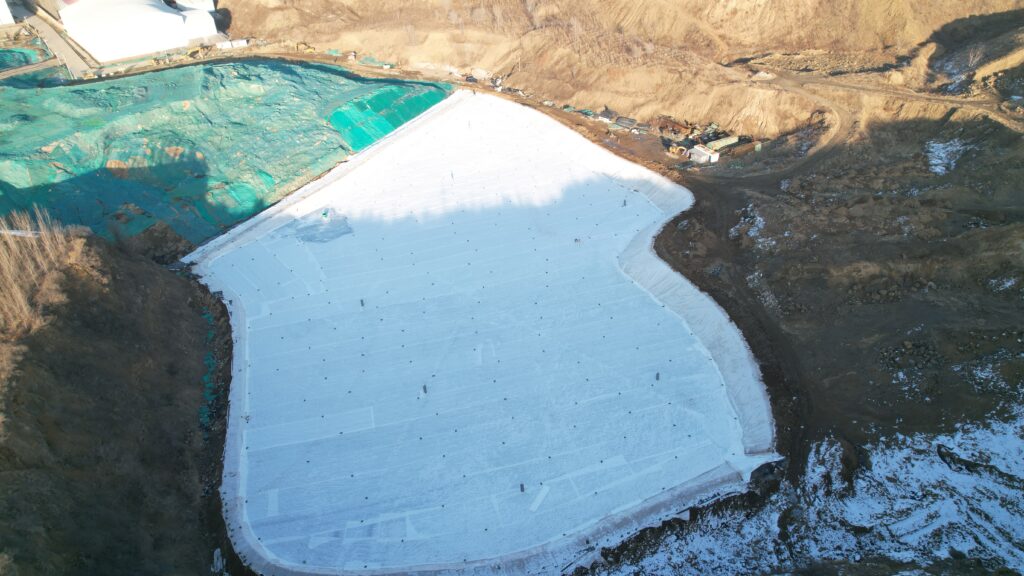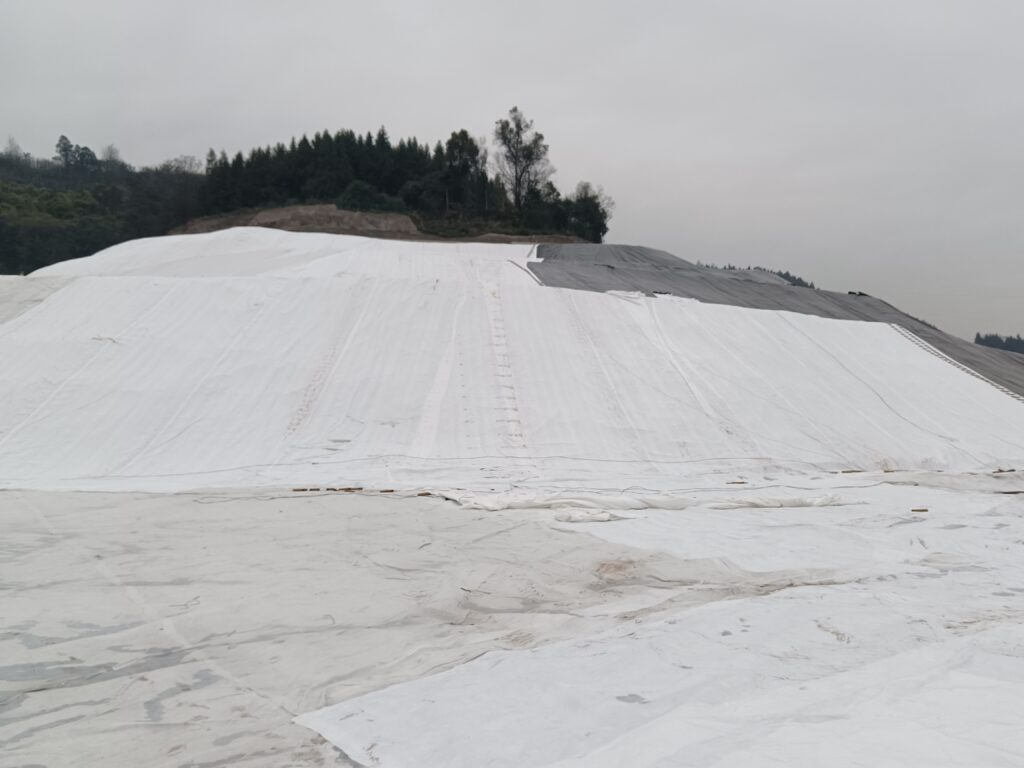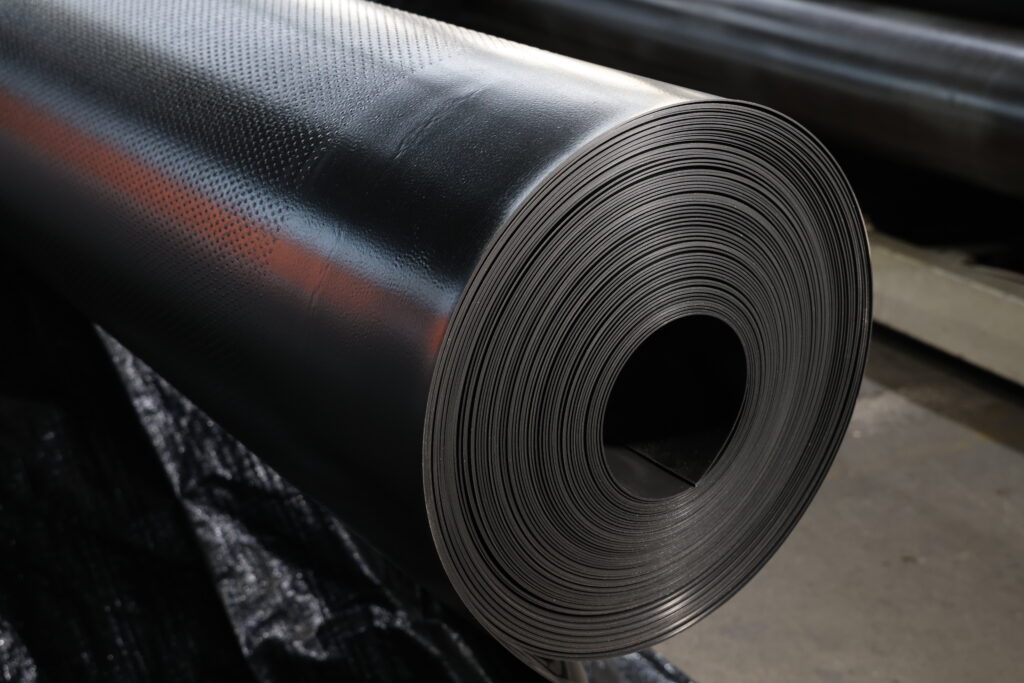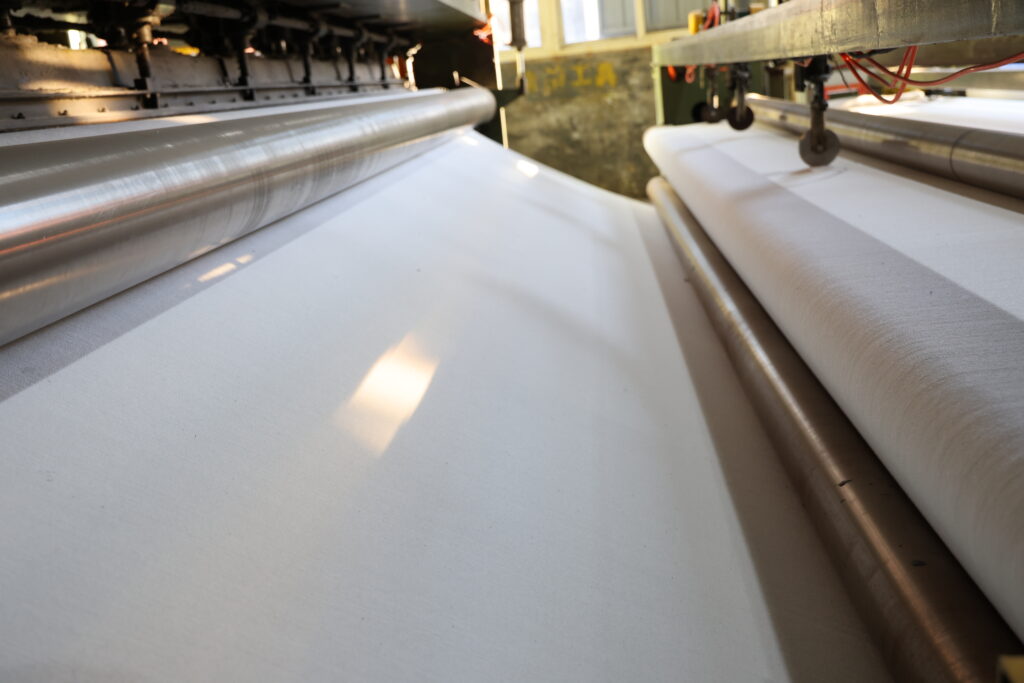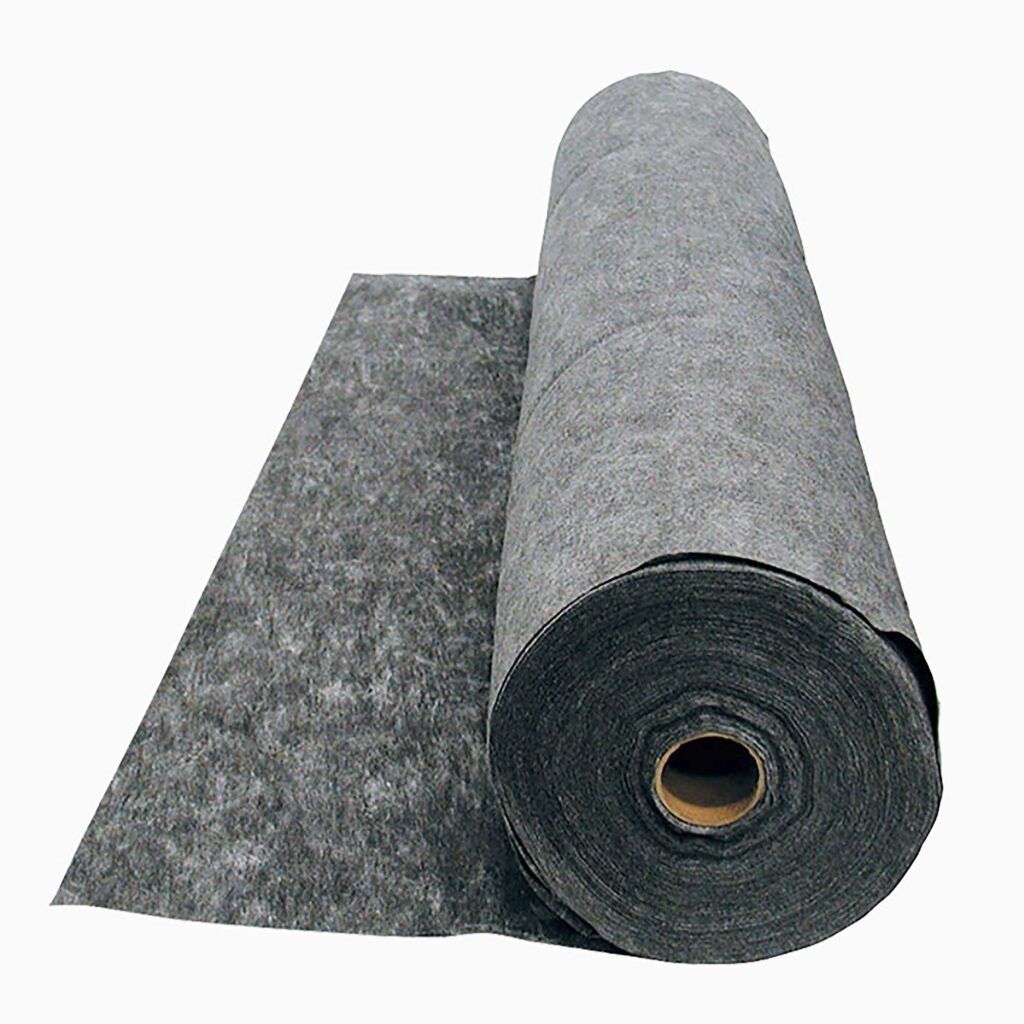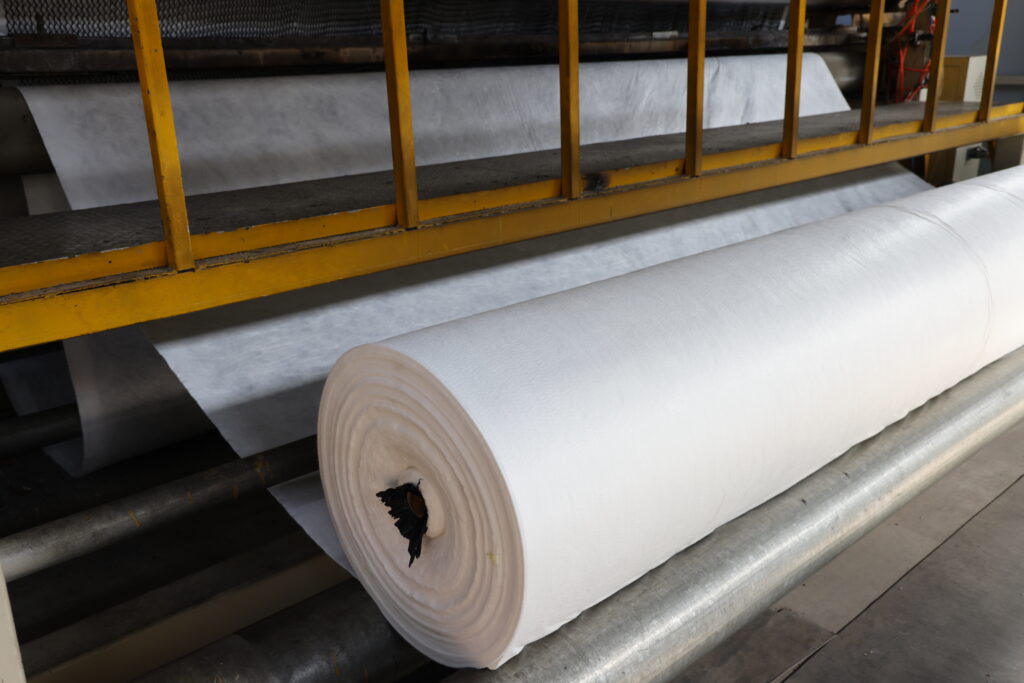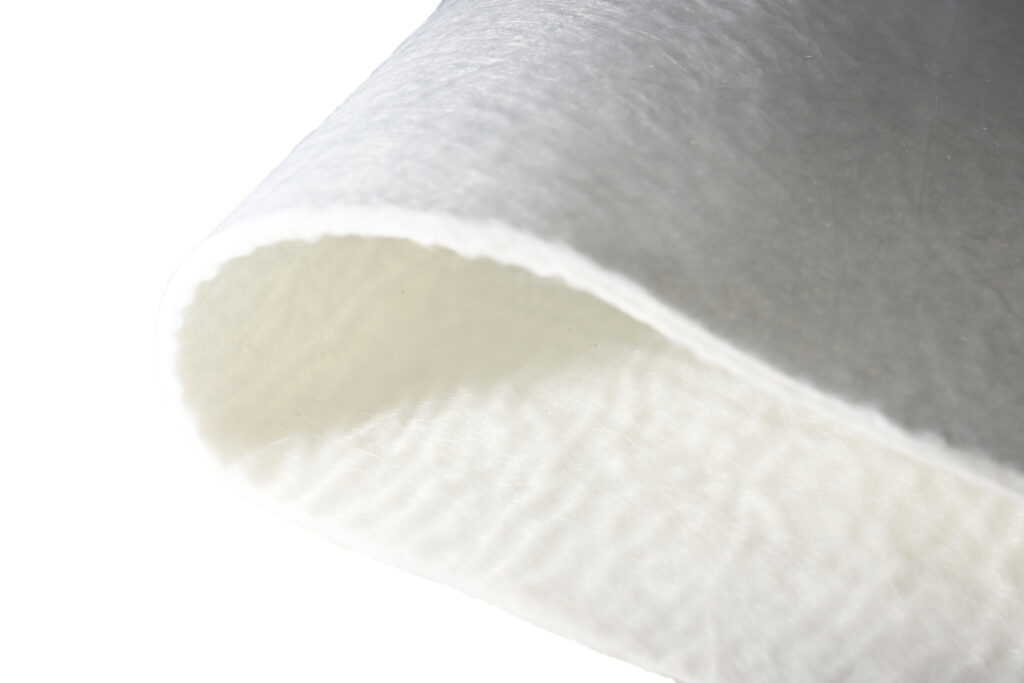What are the functions of geotextiles?
What are the functions of geotextiles? Geotextiles are synthetic materials used in civil engineering and construction projects for various purposes. Some of their primary functions include: Separation: Geotextiles prevent the mixing of different soil types or aggregate layers, such as preventing fine soil particles from mixing with larger stone layers in road construction. This separation […]

